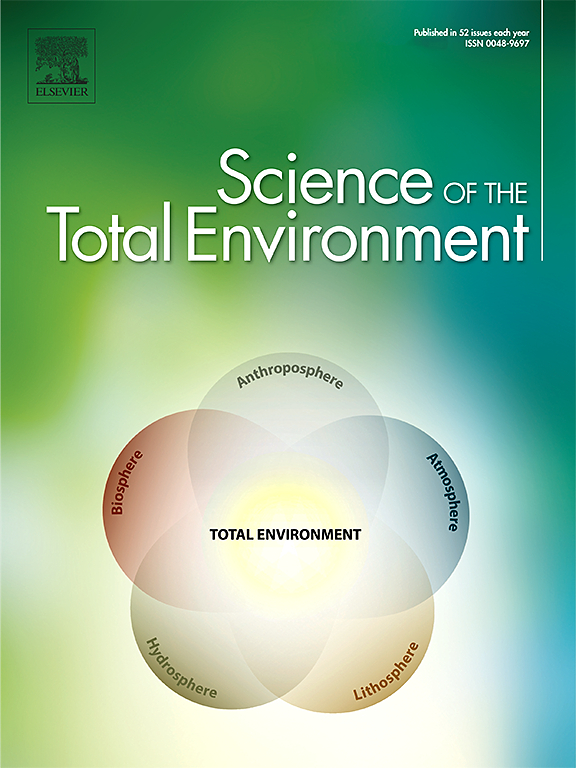Influences of 1.5 °C and 2.0 °C global warming scenarios on water use efficiency dynamics in the sandy areas of northern China
Ma, Xiaofei , Zhao, Chengyi , Yan, Wei , Zhao, Xiaoning
2019-05-10 null null 664(卷), null(期), (null页)
Water use efficiency (WUE) is an important variable used in hydrometeorology study to reveal the links between carbon-water cycles in sandy ecosystems which are highly sensitive to climate change and can readily reflect the effects of it. In light of the Paris Agreement, it is essential to identify the regional impacts of 0.5 degrees C of additional global warming to inform climate adaptation and mitigation strategies. Using the modified Carnegie-Ames-Stanford Approach (CASA) and Advection-Aridity (AA) models with global warming values of 1.5 degrees C and 2.0 degrees C above preindustrial levels from Inter-Sectoral Impact Model Intercomparison Project (ISIMIP2b) datasets, we conducted a new set of climate simulations to assess the effects of climate on WUE (the ratio of net primary productivity (NPP) to actual evapotranspiration (ETa)) in different sandy land types (mobile sandy land, MSL; semimobile/semifixed sandy land, SMSF; and fixed sandy land, FSL) during the period of baseline (1986-2005) and future (2006-2100). The spatiotemporal patterns of ETa, NPP, and WUE mostly showed increasing trends; the value of WUE decreased (6.40%) only in MSL with an additional 0.5 degrees C of warming. Meteorological and vegetation factors determined the variations in WUE. With warming, only the correlation between precipitation and WUE decreased in the three sandy land types, and the leaf area index (LAI) increased with an additional 0.5 degrees C of warming. The desertification degree comprehensively reflects the linkages among the standardized precipitation evapotranspiration index (SPEI), LAI and WUE. Simulation results indicated the sandy area extent could potential increase by 20 x 10(4) km(2) per decade on average during 2016-2047 and that the increase could be gradual (2.60 x 10(4) km(2) per decade) after 2050 (2050-2100). These results highlight the benefits of limiting the global mean temperature change to 1.5 degrees C above preindustrial levels and can help identify the risk of desertification with an additional 0.5 degrees C of warming. (C) 2019 Elsevier B.V. All rights reserved.
相关推荐
- Ground subsidence and disaster risk induced by groundwater overexploitation: A comprehensive assessment from arid oasis regions [2019-05-10]
- Comparison of spring phenology simulation in central Asian grasslands [2019-05-10]
- The Dynamic Characteristics and Influencing Factors of Soil Respiration in Different Types of Grasslands in the Barkol Lake Basin [2019-05-10]
- The inversion of arid-coastal cultivated soil salinity using explainable machine learning and Sentinel-2 [2019-05-10]
- Spatial Pattern of Drought-Induced Mortality Risk and Influencing Factors for Robinia pseudoacacia L. Plantations on the Chinese Loess Plateau [2019-05-10]



